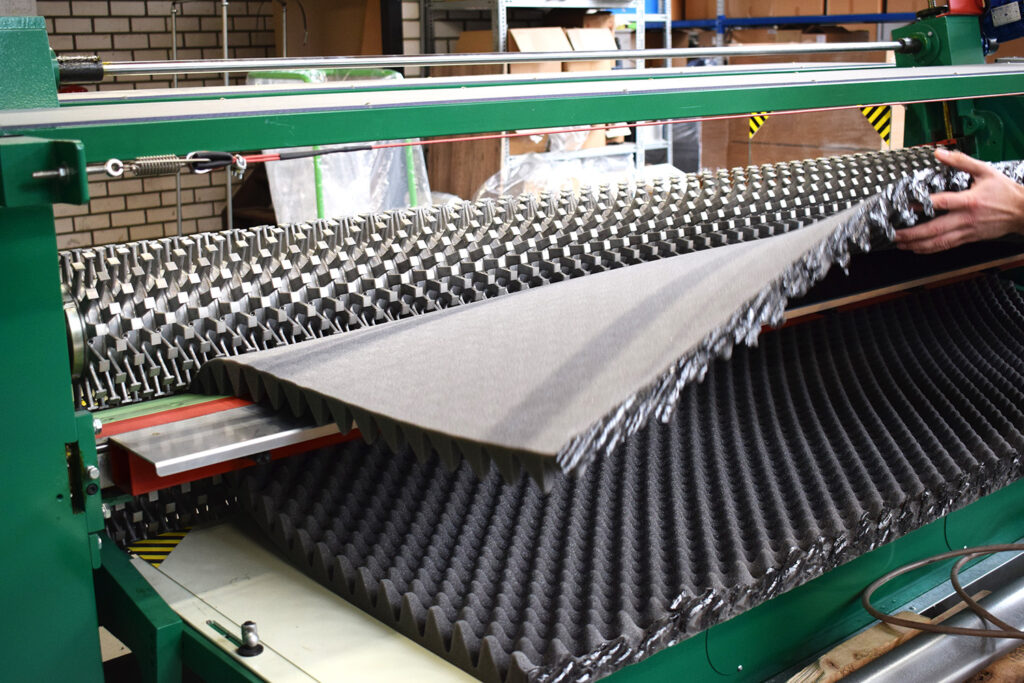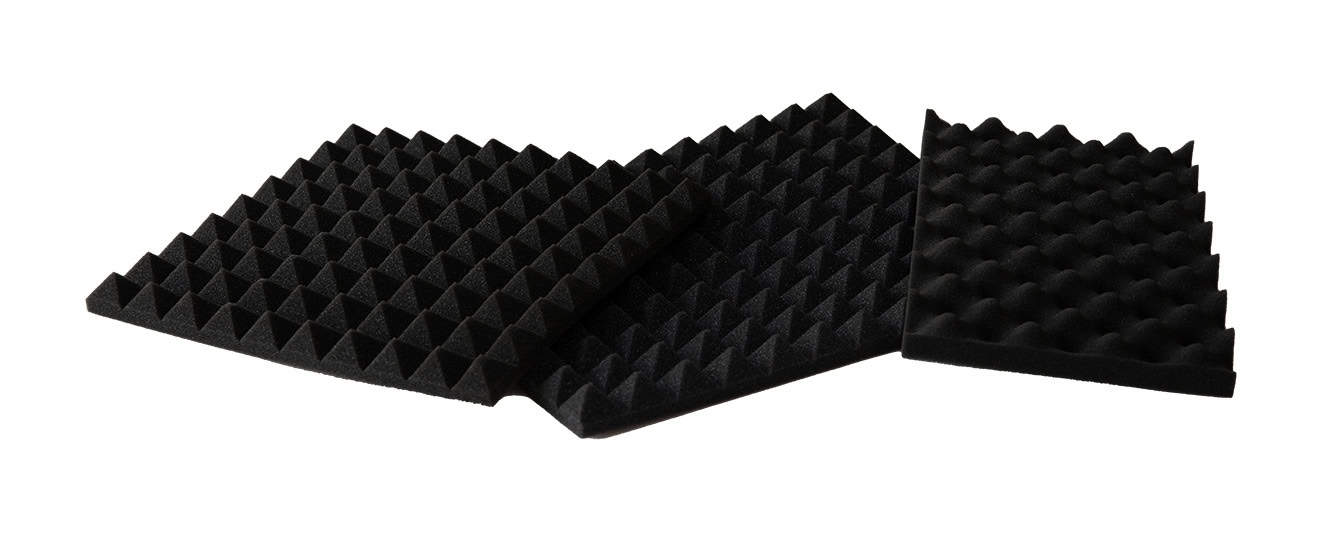PU Polyester Foam
What is Polyester Foam?
Properties of Polyester Foam
Polyester foam distinguishes itself from polyether foam by its closed, fine cell structure, making it more resistant to greases, oils, and solvents. As a result, polyester foam is ideal for use in technical environments and machinery where oils and vapors are present.
Key properties include:
- Chemically resistant: Withstands exposure to greases, oils, and vapors
- Homogeneous cell structure: Delivers consistent performance in filtration and damping
- Sound-absorbing: Excellent acoustic performance
- Laminable: Easily combined with materials like foil and coatings
- Flame-retardant: Available in fire-retardant grades
In addition, polyester foam is available with precisely adjustable cell sizes, expressed in PPI (pores per inch), which is essential for filtration applications.


Advantages of Polyester Foam
Applications of Polyester Foam
- Sound insulation: in compressors and engine housings
- Filtration applications: air filters, water filters, oil filters
- Industrial packaging: protecting sensitive components
- Acoustic panels: sound reduction in industrial spaces
- Technical insulation: thermal and acoustic applications
What’s the difference between PU foams like polyester and PE foam?

PU foams such as polyether and polyester are made from polyurethane and are generally softer, more flexible, and more breathable than PE (polyethylene) foams. PE foam, on the other hand, is more rigid, has a more closed structure, and is especially suitable for shock absorption, thermal insulation, and packaging materials.
PU foams like polyester can better conform to shapes, offer more comfort for seating and lying applications, and perform better in sound absorption. PE foams are more chemically resistant, water-repellent, and mechanically strong, but far less suitable for applications where ventilation or flexibility is required.
Structure & Flexibility of Polyester Foam
Polyester foam has a fine, uniform cell structure, making it ideal not only for sound absorption but also for precise filtration. This structure ensures consistent performance across the entire surface. Furthermore, polyester foam is flexible enough to withstand mechanical stresses without permanent deformation.
The structure of polyester foam can be accurately controlled during production, allowing for filter foams to be manufactured with specific air or fluid permeability. Its flexibility also enables polyester foam to be laminated or combined with other materials to meet specific technical requirements.
Looking for custom-made polyester foam?
Collaboration
Get in touch
Do you have any questions? Contact us today and discover the possibilities.